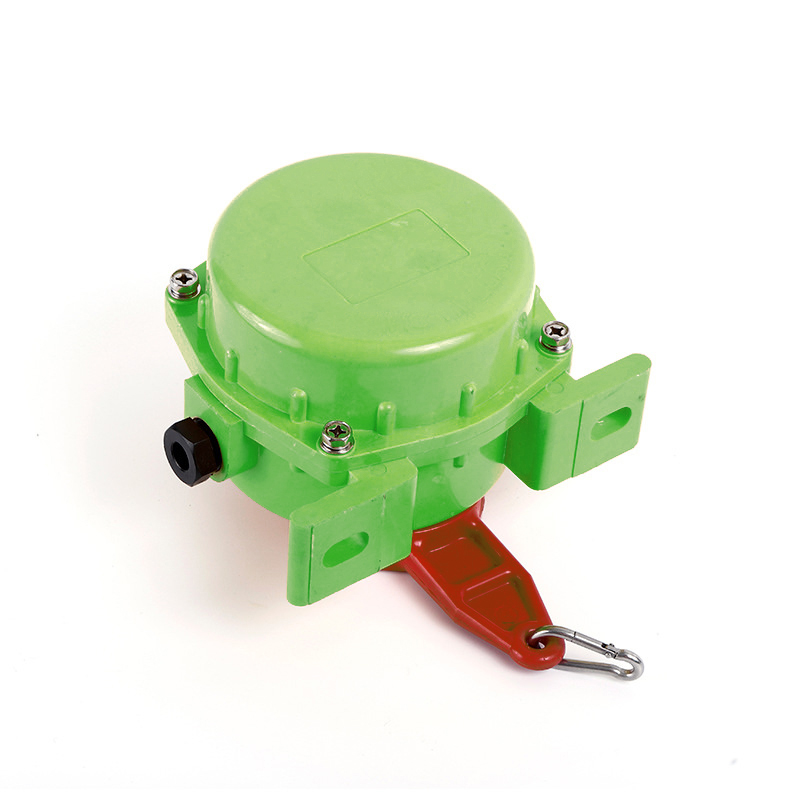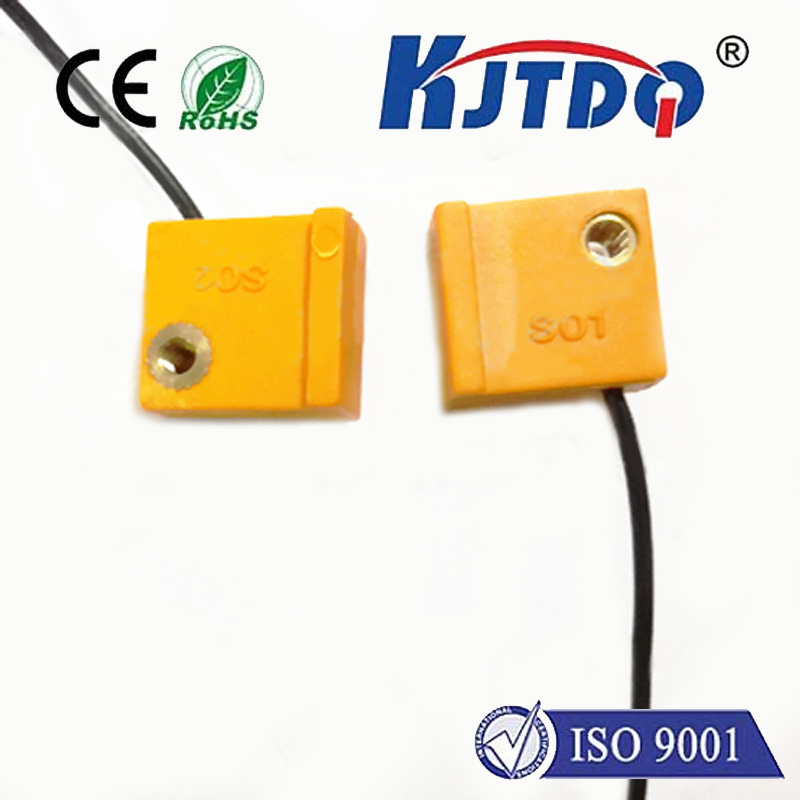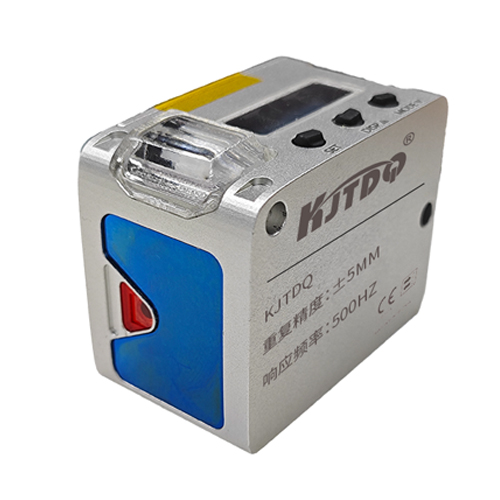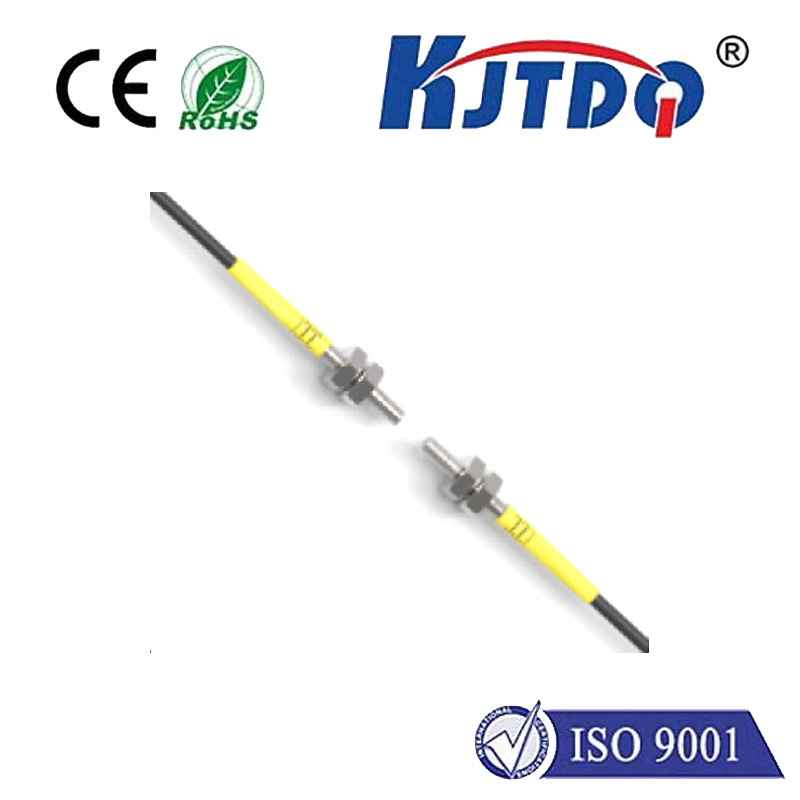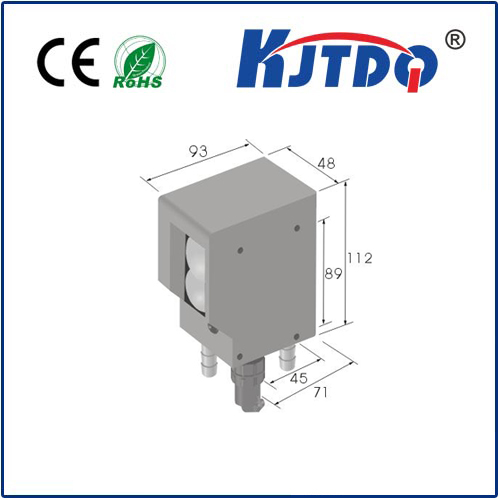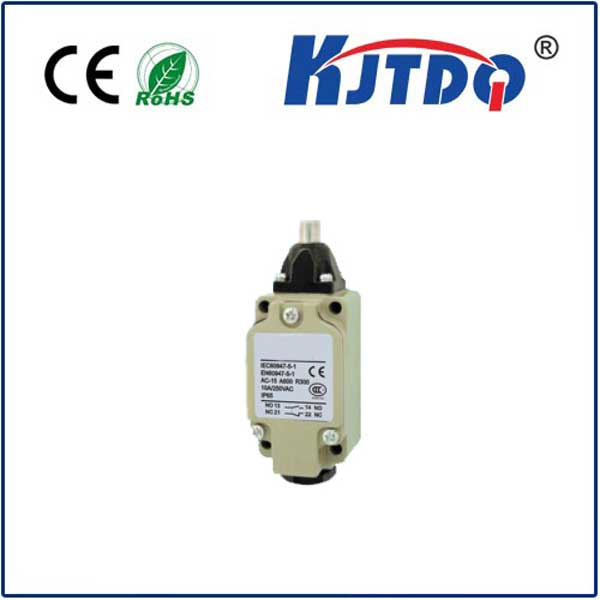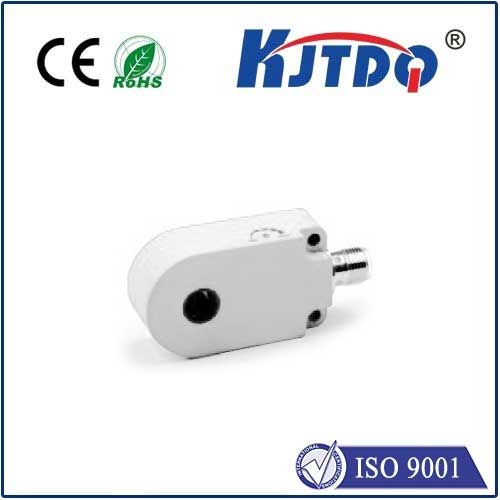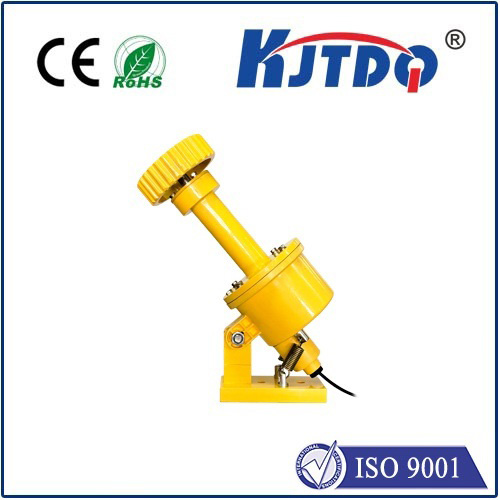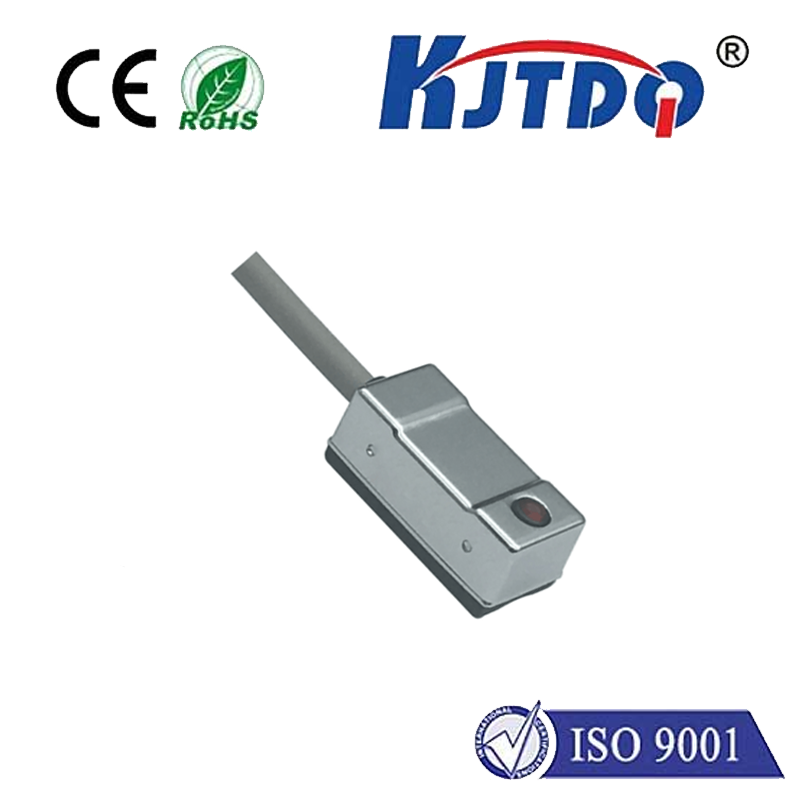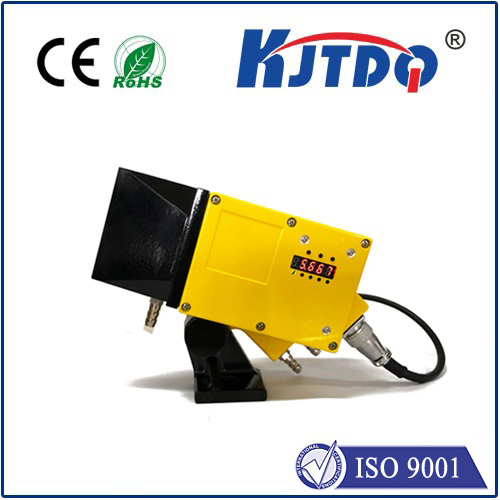

check

check

check

check

check

check

check

check

check

check
Title: Understanding the Reed Limit Switch: A Key Player in Industrial Automation
In the world of automation, precision and reliability are non-negotiable factors. Every component plays a crucial role in ensuring that machinery operates efficiently without human intervention. Among these components is the reed limit switch, a device often overlooked but vital in industrial automation. In this article, we will delve into the significance of the reed limit switch, its working principle, benefits, and applications.
The Basics: What is a Reed Limit Switch?
A reed limit switch is an electronic device that utilizes a pair of sealed, magnetized reeds to control electrical circuits. These reeds are hermetically sealed within a glass tube, protecting them from dust, dirt, and moisture. The switch is activated when a magnetic field comes into close proximity, causing the reeds to attract each other and complete the circuit. This simple yet effective mechanism has made the reed limit switch a staple in industries where precision and reliability are paramount.

Working Principle: How Does it Operate?
The operation of a reed limit switch is based on the principles of electromagnetism. When a magnet or a metallic object with a magnet attached approaches the switch, it interacts with the reeds inside the glass housing. As the magnetic field gets stronger, the reeds are drawn together, closing the circuit. Conversely, when the magnetic field weakens or moves away, the reeds spring back to their original position, breaking the circuit. This opening and closing action can be used to send signals to control systems, indicating positions, levels, or presence of objects.
Benefits: Why Choose a Reed Limit Switch?
Reed limit switches offer several advantages over traditional mechanical switches. Foremost, their sealed construction provides superior resistance to environmental factors such as humidity, temperature extremes, and contaminants. Additionally, they have a long lifespan due to minimal physical contact between parts during operation. The lack of moving parts also means less wear and tear, reducing maintenance requirements. Furthermore, reed limit switches can handle high voltages and currents, making them versatile for various applications.
Applications: Where are Reed Limit Switches Used?
The durability and dependability of reed limit switches make them suitable for diverse applications across industries. They are commonly found in manufacturing plants to detect the position of machines, assembly lines, or robotic arms. In HVAC systems, they can monitor doors or windows to regulate air flow. For safety purposes, they may be employed in elevators to ensure proper door closure before movement. In automotive engineering, reed switches can detect vehicle position or speed. The list goes on, showcasing the adaptability of reed limit switches in enhancing automation processes.
Conclusion:
The reed limit switch represents a small but significant piece of technology that contributes greatly to industrial automation. Its robust design, combined with its ability to operate effectively under adverse conditions, ensures that it remains an essential component in automated systems worldwide. By understanding how a reed limit switch works and where it's best utilized, engineers and technicians can incorporate it strategically to improve efficiency, enhance safety measures, and drive innovation in their respective fields.
